The flag of Argentina is an enduring symbol of the nation’s independence and cultural identity.
Created by Manuel Belgrano and first raised in 1812, it captures the spirit of Argentina’s quest for sovereignty and patriotic zeal. As a beacon of national pride, this flag is a cornerstone of Argentine heritage, recognized worldwide.
Argentina Flag
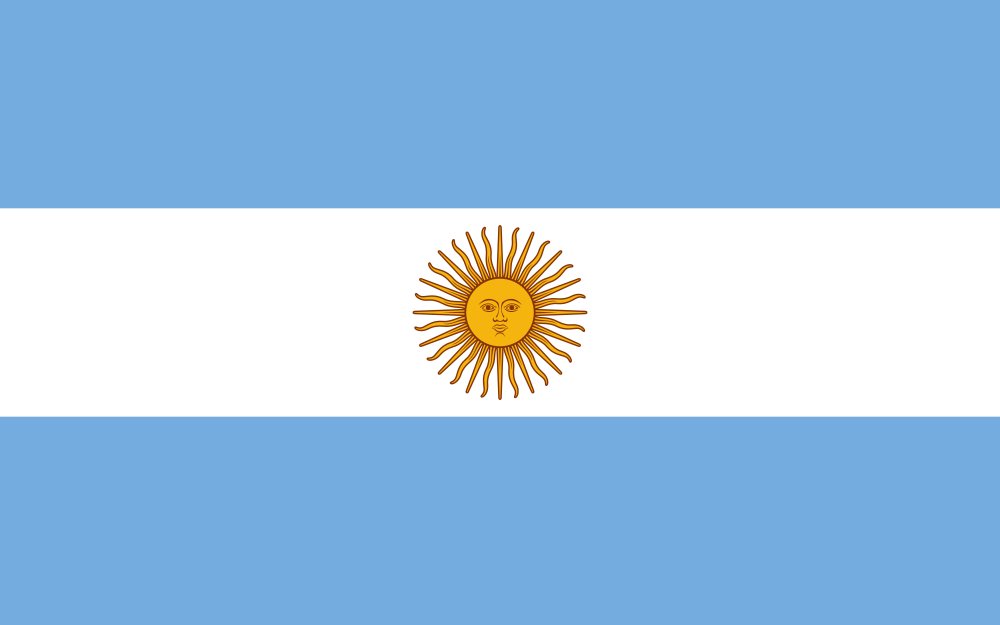
The Argentine flag is distinguished by its three horizontal bands and the symbolic ‘Sun of May.’ Two rounds of light blue flank, a single white band in the middle.
This simple yet profound design is crowned with the ‘Sun of May’ in the center, a radiant golden sun bearing a human face, symbolizing the nation’s emergence into self-determination and reflecting the pivotal May Revolution of 1810.
The presence of the sun imbues the flag with a sense of vitality and a link to the country’s revolutionary heritage.
Argentina Flag: Color Palette
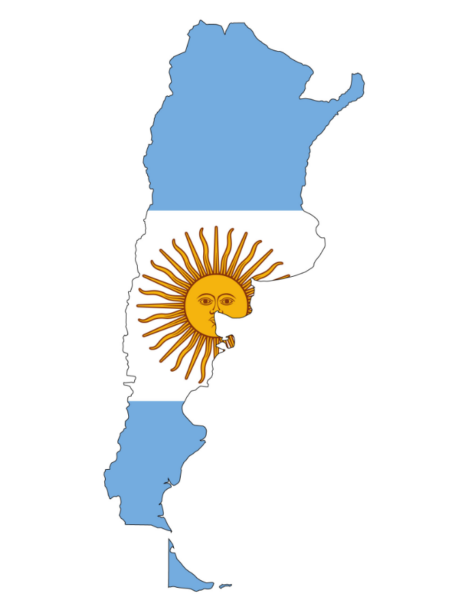
Argentina Flag Emoji: 🇦🇷
The color palette of the Argentine flag is a harmonious trio of hues, each selected with purpose and rich in symbolic meaning. This triad not only defines the flag’s visual identity but also encapsulates significant aspects of the nation’s character and historical narrative.
Meaning of Each Color

Sky Blue Stripes
These stripes evoke the expansive Argentine sky and the broad Rio de la Plata, symbolic of the nation’s boundless horizons and opportunities.
Historically, the hue is also associated with the steadfast loyalty and alertness crucial in Argentina’s pursuit of supremacy. The color choice is attributed to Manuel Belgrano and was influenced by the Argentine cockade, inspired by the sky.
White Band
The white band unites the blue stripes, signifying the country’s commitment to peace and solidarity. Positioned at the heart of the flag, it represents the core values of honesty and the unblemished resolve towards the nation’s ideals.
Sun of May
The Sun of May, with its radiant golden color, is a central emblem of the flag, signifying the nation’s emergence into a new dawn after the May Revolution.
This symbol reflects the country’s vitality and its role as a beacon of inspiration and liberty in the region, drawing a connection to the heritage of the indigenous peoples and the revolutionary fervor of the era.
Argentinian Coat of Arms
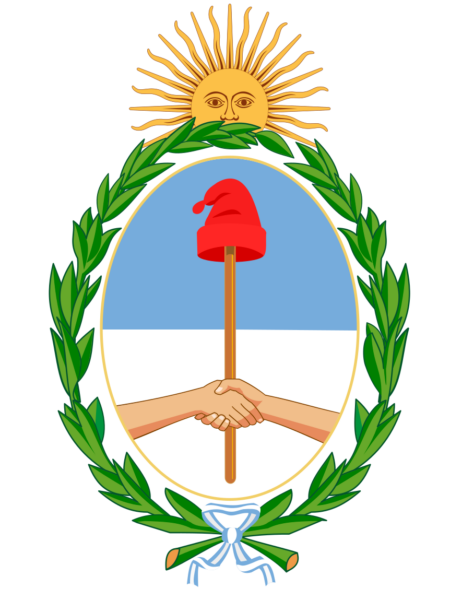
The Argentine coat of arms encapsulates the nation’s journey and values in a single emblem. Atop, the Sun of May signifies the dawn of independence, while the handshake below represents provincial unification.
The Phrygian cap atop the pike symbolizes the enduring quest for freedom. Surrounding laurels denote peace and triumph, and the blue and white backdrop echoes the national flag, tying the people to their sky and river.
This emblem encapsulates the fervor of the Argentine Republic’s quest for independence and its enduring democratic principles. The Coat of Arms is a reminder of the country’s triumph over its colonial past and its continuous path towards progress and prosperity.
Historical Evolution and the Meaning Behind Changes
The Argentine flag was established by Manuel Belgrano in 1812 with light blue and white bands, symbolizing the sky and clouds and representing a new nation’s aspirations.
In 1818, the ‘Sun of May’ was added, deepening the flag’s meaning by honoring the May Revolution of 1810. Throughout its history, shades of blue have varied, mirroring internal shifts.
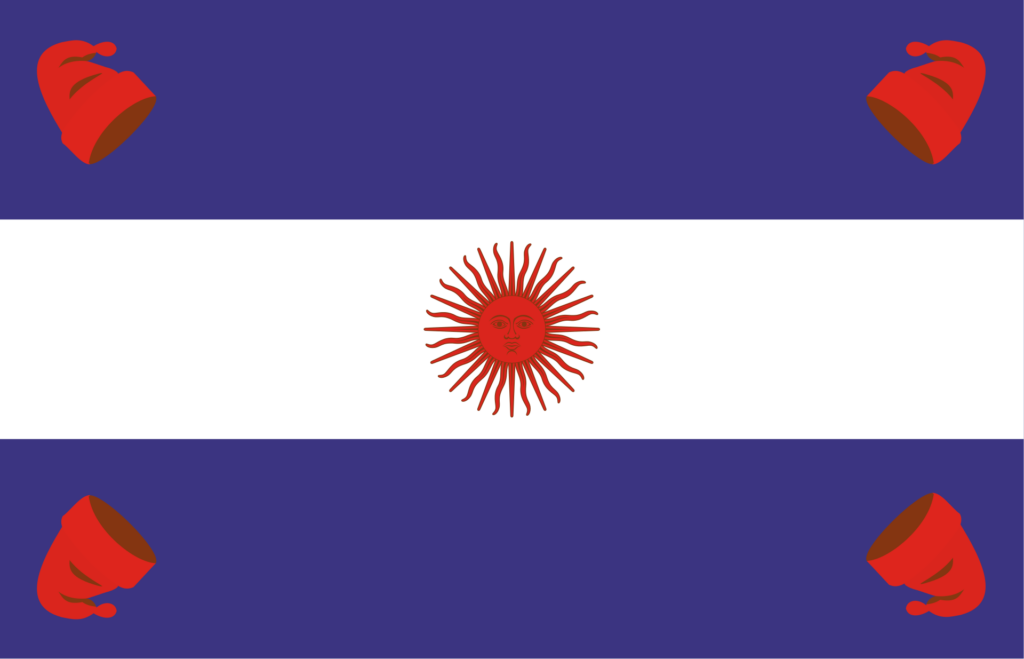
Yet, the design’s core—reflecting peace, unity, and independence—has remained unaltered, signifying Argentina’s enduring identity and the principles of its inception.
This consistency in the Argentine flag’s design emphasizes the nation’s commitment to its founding values even as it navigated through different political landscapes.
The unchanged elements of the flag serve as a visual anchor, reminding the populace of their shared heritage and the collective journey toward a sovereign future.
Overall Symbolic Meaning of the Flag

The flag of Argentina serves as a beacon of the nation’s ideals, encapsulating the essence of its struggle for sovereignty and its unwavering optimism for the future.
Its design weaves together the country’s revolutionary heritage and the enduring values that guide its people—a tapestry of unity, tradition, and forward momentum.
Similar Flag to the Flag of Argentina
The flag of Argentina resembles the flags of other nations that also display celestial symbols and light blue tones. Here are some of them:
Uruguay
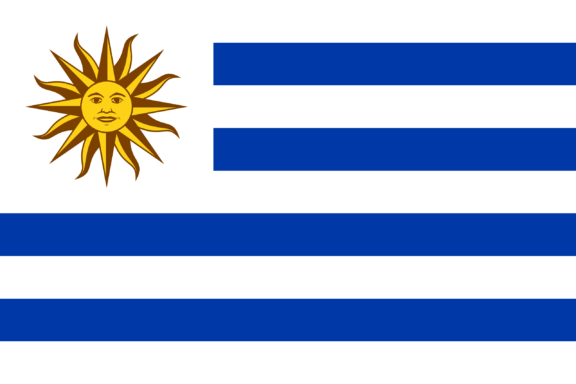
The Uruguayan flag bears the closest resemblance to Argentina’s, with nine alternating white and light blue stripes and a white canton featuring the ‘Sun of May.’
This design reflects a shared cultural and historical narrative, with both countries having been part of the Spanish Viceroyalty of the Río de la Plata and their flags symbolizing the influence of the May Revolution.
Nicaragua
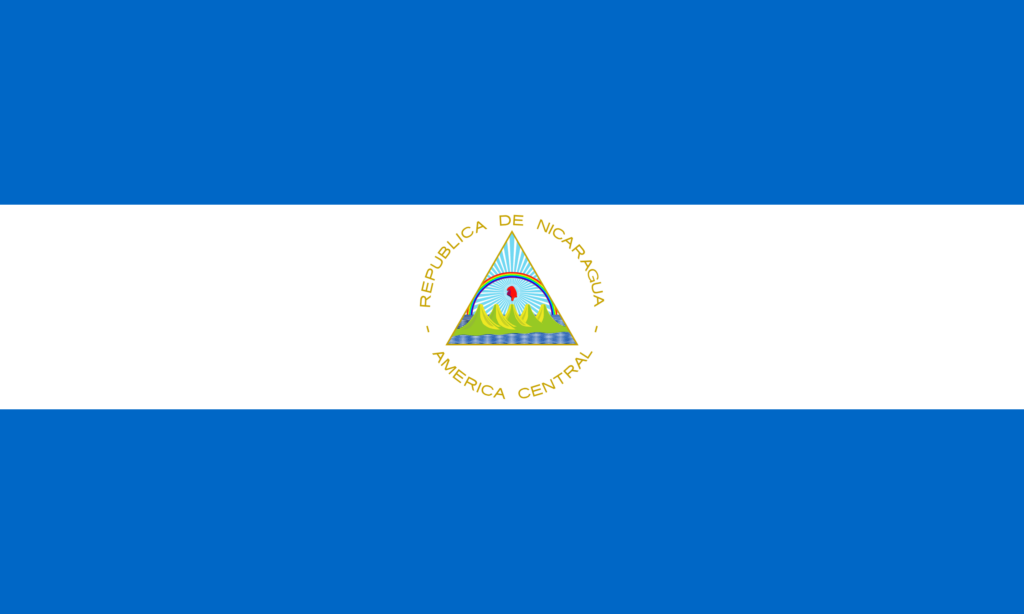
Nicaragua’s flag consists of a white stripe centered between two bands of blue. The central coat of arms and the color scheme visually connect to Argentina’s flag.
The blue bands represent the Pacific Ocean and the Caribbean Sea, analogous to the symbolic representation of the sky in Argentina’s flag.
El Salvador
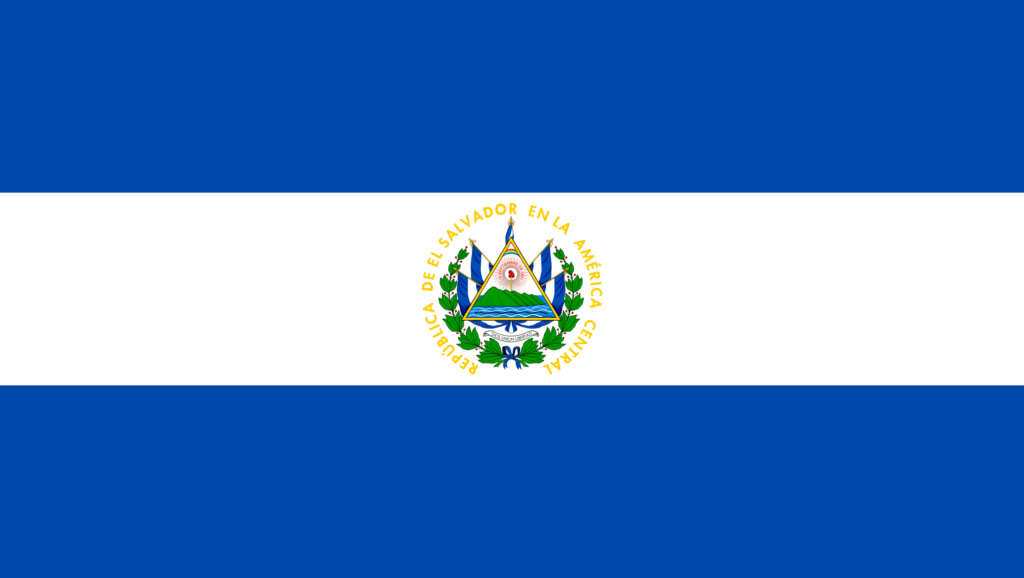
The flag of El Salvador is composed of two blue horizontal stripes with a white stripe between them. Within the white stripe is the national coat of arms.
The color scheme, similar to Argentina’s, reflects the Central American nation’s hopes for harmony and peace, paralleling Argentina’s expression of harmony and its tribute to the clear skies above.
Conclusion
The Argentine flag is a potent symbol of autonomy and unity, deeply resonant with its people. It reflects Argentina’s rich narrative and commitment to democracy, standing out in the global array of national flags. To Argentinians, it signifies more than national pride; it’s a beacon of the country’s enduring values and aspirations.
Image Sources and Copyright Information
- Argentinian Flags Waving in Front of the Congress Building in Buenos Aires: © SC Image/Shutterstock
- Argentina Flag Pin on World Map: © hyotographics@Shutterstock